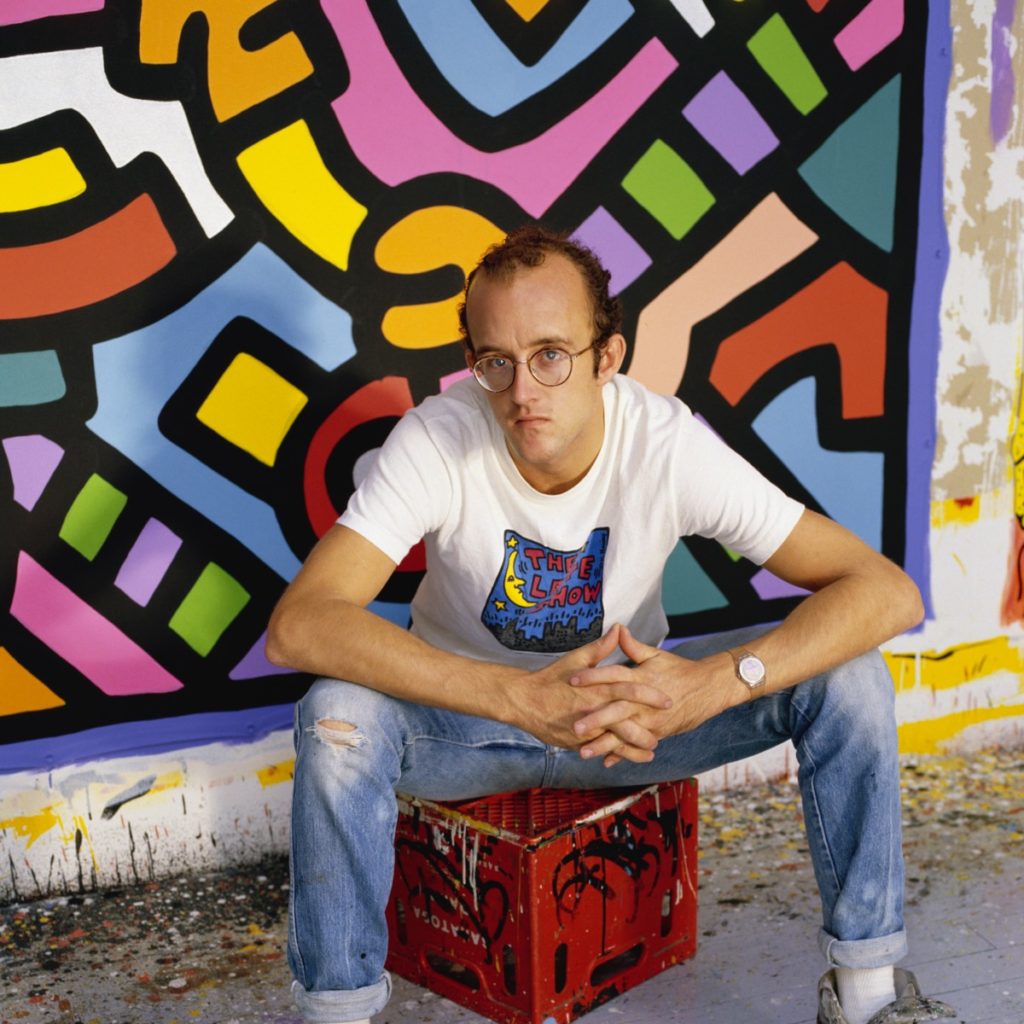
How to tell if your Keith Haring is fake, according to an art expert– here are a few telltale signs….
The following written content by Richard Polsky for ArtNet News
It’s hard to believe it’s been over 30 years since Keith Haring left us. Yet the impact of his career continues to reverberate beyond the art world. Witness Disney and Swatch’s recent collaboration with the artist’s estate to produce a new series of Mickey Mouse timepieces, and Dr. Martens’s release of a new collection of shoes embellished with Haring icons.
As for Haring’s art, most dealers and collectors would agree that it remains undervalued, especially when compared to his friends and colleagues Jean-Michel Basquiat and Andy Warhol.

Part of Haring’s enduring value is the life-affirming quality of his imagery, which brings something positive into our daily lives. This generosity of spirit informed his early “Subway Drawings,” which made the daily drudge of commuting just a little bit brighter.
What’s more, toward the end of his life, Haring grew to be very involved in the AIDS pandemic movement, often donating his work to related philanthropic causes.
However, all this notoriety came at a cost: Haring is one of the most forged artists of our time. His paintings and drawings are among the easiest to fake and hardest to authenticate. The reasons why are numerous.
Below are five telltale signs that the Haring you’re thinking of spending good money on may have an authentication issue. As always, when it comes to the world of art authentication, the rule of thumb is never to assume anything.
1. Always Look for a Continuous Line
The genius of Haring is rooted in his draftsmanship. Most artists lay down a line in segments—but not Haring. He was blessed with the uncanny ability to draw his subject, whether simple or complex, with a continuous unbroken line.
This characteristic almost always thwarts counterfeiters when they attempt to reproduce his work. Always be on the lookout for paintings and drawings, reputed to be by Haring, with a hesitant line marked by fits and starts.
2. Avoid Drawings With Dominant Signatures
Many of the fake Haring drawings on the market tend to be of modest scale. Yet they often include signatures as a dominant element in the composition.
While Haring was never shy about signing his works, he did so in a way that never detracted from the main imagery. In other words, his name was there for all to see, but your eyes went to the subject first. Numerous forgeries are distinguished by signatures that catch your attention before you move on to the imagery.
3. Pay Attention to the Condition of the “Subway Drawings”
From 1980 to 1985, Haring produced between 2,000 and 3,000 “Subway Drawings.” Perhaps 5 to 10 percent survived. Technically, every genuine example was stolen from the walls of New York’s subways. Read more from Yahoo! Life.
Here’s an expert evaluating an original work by Keith Haring:





